6 Role Models Who Inspire Children to Innovate
Inductee StoriesDate March 6, 2025
Est. Reading Time 5 mins
The National Inventors Hall of Fame® honors the legacies of world-changing creators and has inducted more than 600 visionaries so far. Get to know six of these inspirational Inductees who have demonstrated that persistence, creative problem solving, curiosity and ingenuity can transform the world around us.
1. Pamela Marrone – Biological Pest Control
Inductee Pamela Marrone’s environmentalism and trailblazing entrepreneurship make her an exceptional role model. Marrone revolutionized pest management with nature-based solutions that protect crops without harmful chemicals. Powered by patents, her eco-friendly products manage pests, promote plant health and control invasive species.
As the founder of companies including AgraQuest Inc. and Marrone Bio Innovations, she has developed groundbreaking products like Serenade®, the first EPA-approved biofungicide for many essential crops. Marrone’s thoughtful innovations have transformed farming practices while protecting the planet.
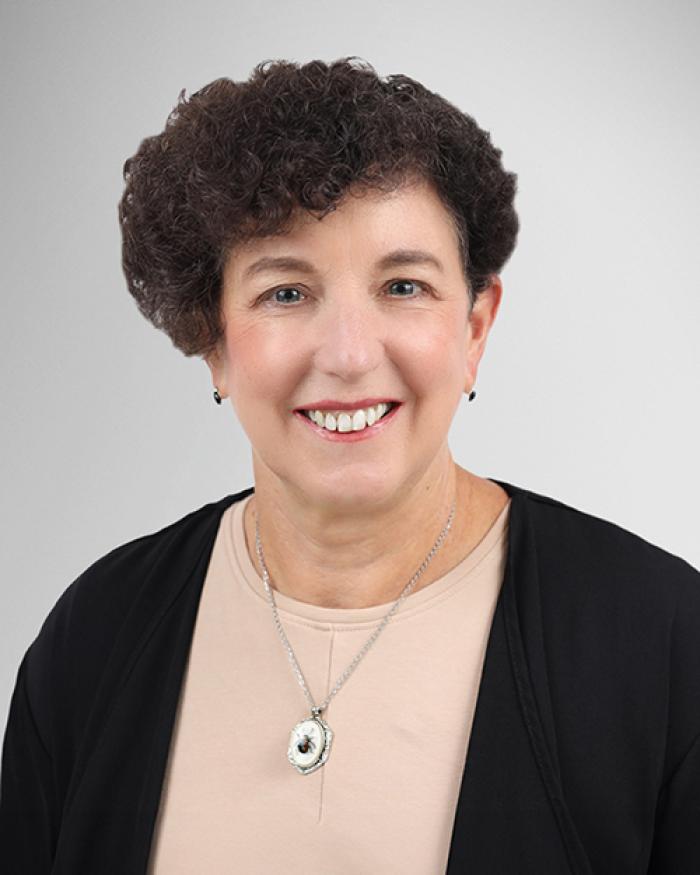
2. Chieko Asakawa – Home Page Reader
Inductee Chieko Asakawa invented the Home Page Reader (HPR), the first practical voice browser to provide effective internet access for blind and visually impaired computer users. Her invention demonstrates how technological advancements can be life altering for entire communities.
Asakawa and her team developed HPR at IBM Research – Tokyo, combining existing synthetic-speech technology with an understanding of HTML programming. It could speak text, frames, images and text links; describe graphical elements like clickable maps; allow users to understand complex tables; and more easily differentiate types of content. Designed to enable users to browse the internet and navigate webpages through a computer’s numeric keypad instead of a mouse, HPR debuted in 1997. By 2003, it was used widely around the world.
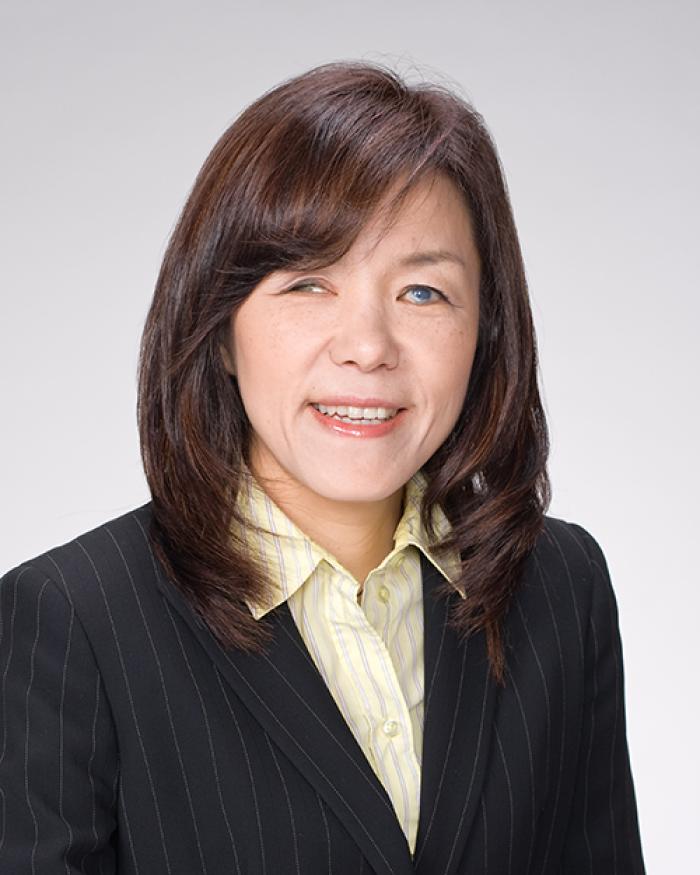
3. Jacqueline Quinn – EZVI (Emulsified Zero-Valent Iron)
Inductee Jacqueline Quinn co-invented EZVI, a cleanup technology that can pull contaminants from soil and water. A NASA environmental engineer, Quinn worked with a team of researchers from the University of Central Florida to develop the system to combat chlorinated solvent contaminants left over from space exploration’s early years (when NASA used chlorinated solvents as degreasers for rocket engine parts).
Quinn’s EZVI system eliminates the need to dig up contaminated water and soil, requires less treatment time and produces less toxic and more biodegradable byproducts. EZVI has decontaminated groundwater supplies everywhere from government sites to manufacturing plants. Quinn has credited her inspiring career at NASA and steadfast commitment to protecting the environment to the power of wonder and the guidance of science educators like her parents.
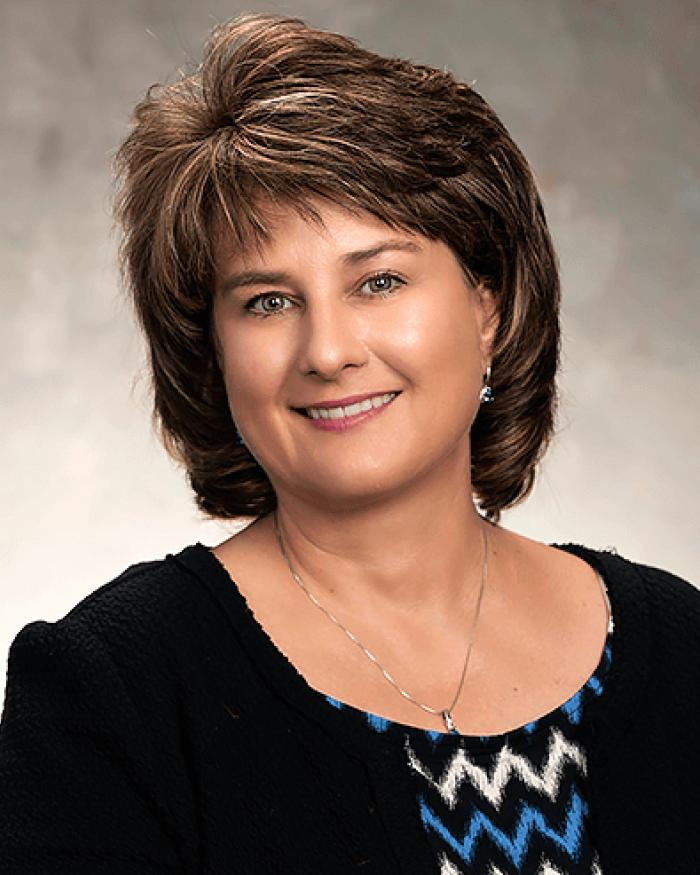
4. Marian Croak – VoIP (Voice over Internet Protocol) Technology
With more than 200 patents to her name, Inductee Marian Croak is an engineer who wants her legacy to open doors for others. Rather than use a traditional phone line for voice communication along with a digital method for internet data, Croak and her team thought both could be done digitally with the internet. Her work in advancing VoIP technology has furthered the capabilities of audio and video conferencing, making it a practical reality in today’s world. Today, the widespread use of VoIP is vital for remote work and personal communications.
By combining innovation with philanthropy, Croak and her team also launched a text-to-donate system for charitable organizations. This technology helped raise $130,000 in donations after Hurricane Katrina hit New Orleans in 2005, and $43 million in donations after the 2010 earthquake in Haiti. Croak’s compassion for others has been shining a light on giving back throughout her remarkable career.
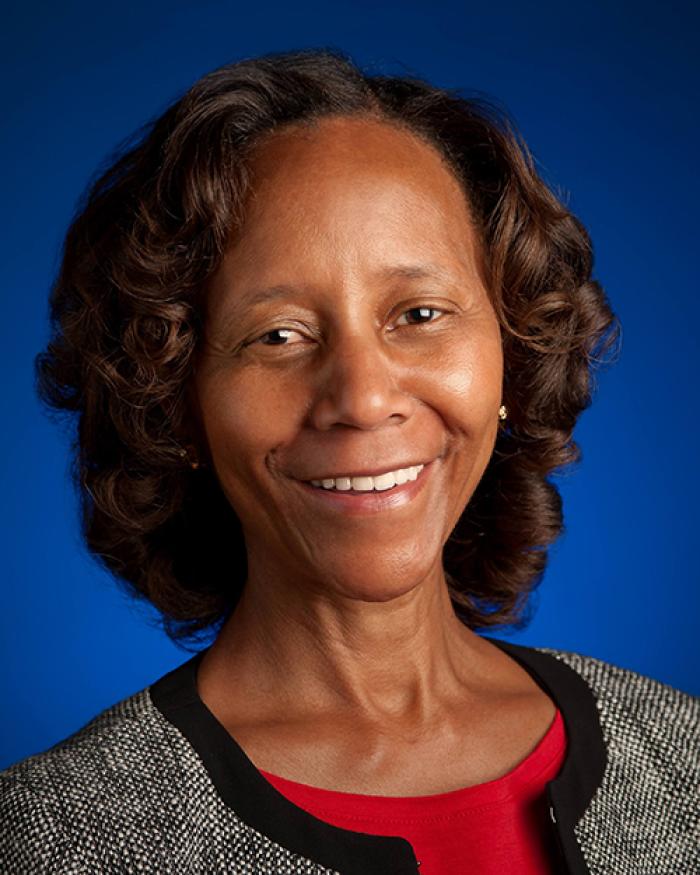
5. Carolyn Bertozzi – Bioorthogonal Chemistry
After obtaining her doctorate in 1993, Inductee Carolyn Bertozzi pursued postdoctoral work in immunology focusing on the role of glycan-mediated cell adhesion in immune cell trafficking. In her own lab, Bertozzi merged chemistry and biology with the aim of developing technologies to interrogate biological systems at a molecular level. Her genius for chemistry, combined with an entrepreneurial spirit, led her to pioneer a new field of science and medical research.
With her invention of the field of bioorthogonal chemistry, researchers were able to chemically modify molecules within living systems. Bertozzi coined the term in 2003 to describe reactions that do not interact or interfere with cells' biology. With hard work and dedication, Bertozzi and her team developed a bioorthogonal approach to chemically attach small drug molecules to specific sites on an antibody, combining the tumor-fighting effects of both. Bertozzi went on to commercialize the technology, naming it SMARTag™. For her revolutionary work, she was awarded the 2022 Nobel Prize in Chemistry.

6. Sumita Mitra – Nanocomposite Dental Materials
Inductee Sumita Mitra invented the first dental filling material to include nanoparticles – Filtek™ Supreme Universal Restorative. Introduced by 3M Oral Care, this strong, tooth-colored composite allows dentists to restore teeth in any area of the mouth and preserve more of a patient’s natural tooth structure while avoiding the health and environmental concerns associated with fillings containing mercury. Since its initial launch, this product line has been used in more than 1 billion restorations worldwide.
Mitra’s work also has led to breakthrough dental technologies including nanocomposites, resin-modified glass ionomers and dental adhesives. Mitra holds more than 100 U.S. patents and their international equivalents, and her innovations continue to help dentists treat their patients with compassion and enhanced care.
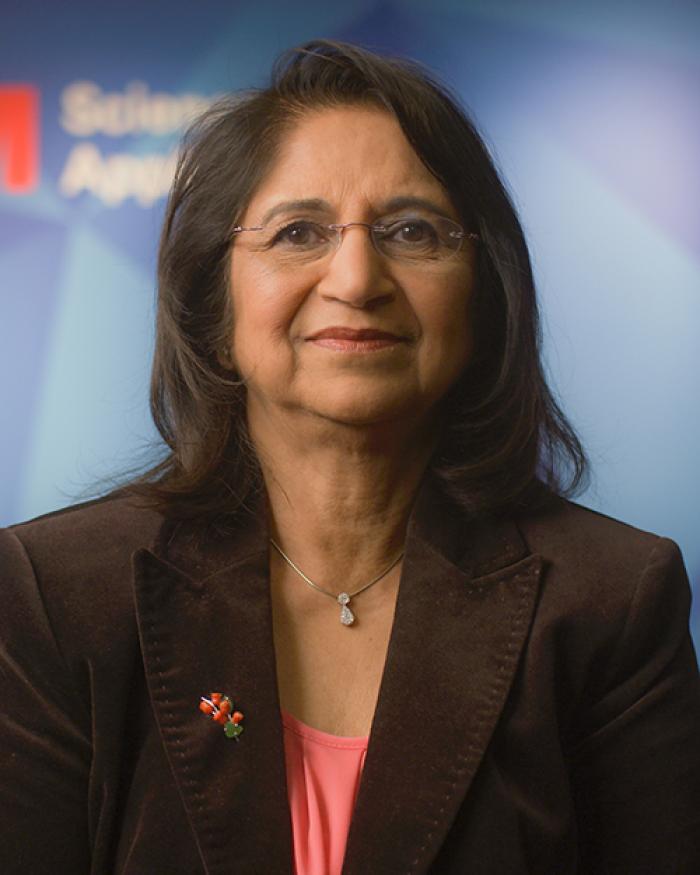
Find More Inspiring Stories
With an innovative mindset, bringing ideas to life is possible! Want to introduce more inspiring stories? We invite you to discover more innovative role models on our website.